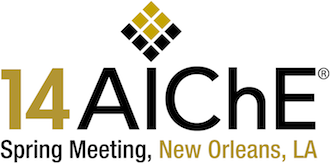

A project that deploys new technologies needs to be confident that the technology can be implemented successfully and will perform reliably as designed. New technology is critical to industry, especially where such technology is a project enabler without the existence of a backup solution, but also for projects where such technologies bring potential benefits such as technical, economic, schedule, and environmental improvements. DNV developed and has been implementing for many years a systematic, risk based Technology Qualification process as described in DNV RP-A203, Technology Qualification. One of the major objectives of a formal technology qualification process is to ensure that risks are properly addressed. The DNV process includes several levels of technology qualification and review, starting with a Statement of Feasibility and concluding with a Technology Certificate.
The qualifications of two Subsea 7 technologies are among the many good examples of the subsea industry’s increasing acceptance of DNV-RP-A203. The qualification process offers customers a rigorous review process with a focus on the novel aspects of the technology culminating in the issuance of a Technology Certificate.
This paper will describe the two technologies developed by Subsea 7 and InTerPipe (ITP): the Enhanced Thermal Performance Reeled – Pipe-in-Pipe System and Reelable BuBi Lined Pipe System.
For the evaluation of these technologies particular focus was put on the new aspects of the design. The Technology Certificate for the Subsea 7’s and ITP’s Enhanced Thermal Performance Reeled – Pipe-in-Pipe System and Reelable BuBi Lined Pipe System provided the confidence that these technologies had been subjected to a formal third party review and could be implemented with confidence in a project. This paper will discuss how the DNV technology qualification process was used to qualify Subsea 7’s Enhanced Thermal Performance Reeled – Pipe-in-Pipe System and Reelable BuBi Lined Pipe System.
